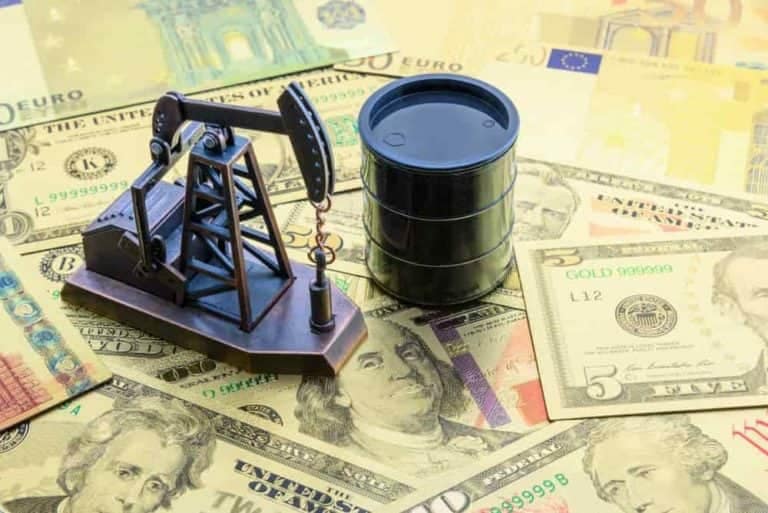Supply disruptions were the very last thing that financial markets needed in the wake of the inflationary spiral and the persistent distribution network problems that had plagued them for months.
Indeed, as the future of trade with Russia grows more unclear with each passing day, many of the world’s most vital commodities are experiencing price increases. Notably, the average gas price in the US has moved up to $4.06 a gallon as of March 7, fast approaching the all-time high from July 2008 ($4.11).
Founder and CEO of Compound Capital Advisor, Charlie Bilello pointed out the enormous difference between the current price of $4.06 to, just a week ago $3.61, and even only a month ago $3.44.
Crude oil has never reached such high levels as $130 a barrel during the month of March, representing an increase of more than 50% since the beginning of the year.
Gas prices in the United States have risen beyond $4.00 a gallon (from $2.76 a year ago) and are within striking distance of their all-time highs set in July 2008 ($4.11).
Why have gas prices skyrocketed?
Following Moscow’s continued aggression in Ukraine, the United States announced that it has begun discussions with European partners about sanctions on Russian crude oil, which sent oil prices momentarily over $130.
During an appearance on the NBC talk show on March 6, US Secretary of State Antony Blinken made the observation:
“We are now in very active discussions with our European partners about banning the import of Russian oil to our countries, while of course at the same time maintaining a steady global supply of oil.”
The current measures come after a series of sanctions that have already had a substantial effect on the Russian economy, but which have not yet been able to prevent Putin’s push into Ukraine from progressing further.
It was just two weeks ago on February 22, when Finbold first noted Brent crude oil was closing in on $100 a barrel as Ukraine border tensions started to mount.
If Russia’s oil supply is cut off, the market might face a 5 million barrel shortage, which could boost oil prices as high as $200 per barrel in certain cases.
Notably, the issue is exacerbated by the stalemate in negotiations with Iran over a possible new nuclear agreement.
Disclaimer: The content on this site should not be considered investment advice. Investing is speculative. When investing, your capital is at risk.









